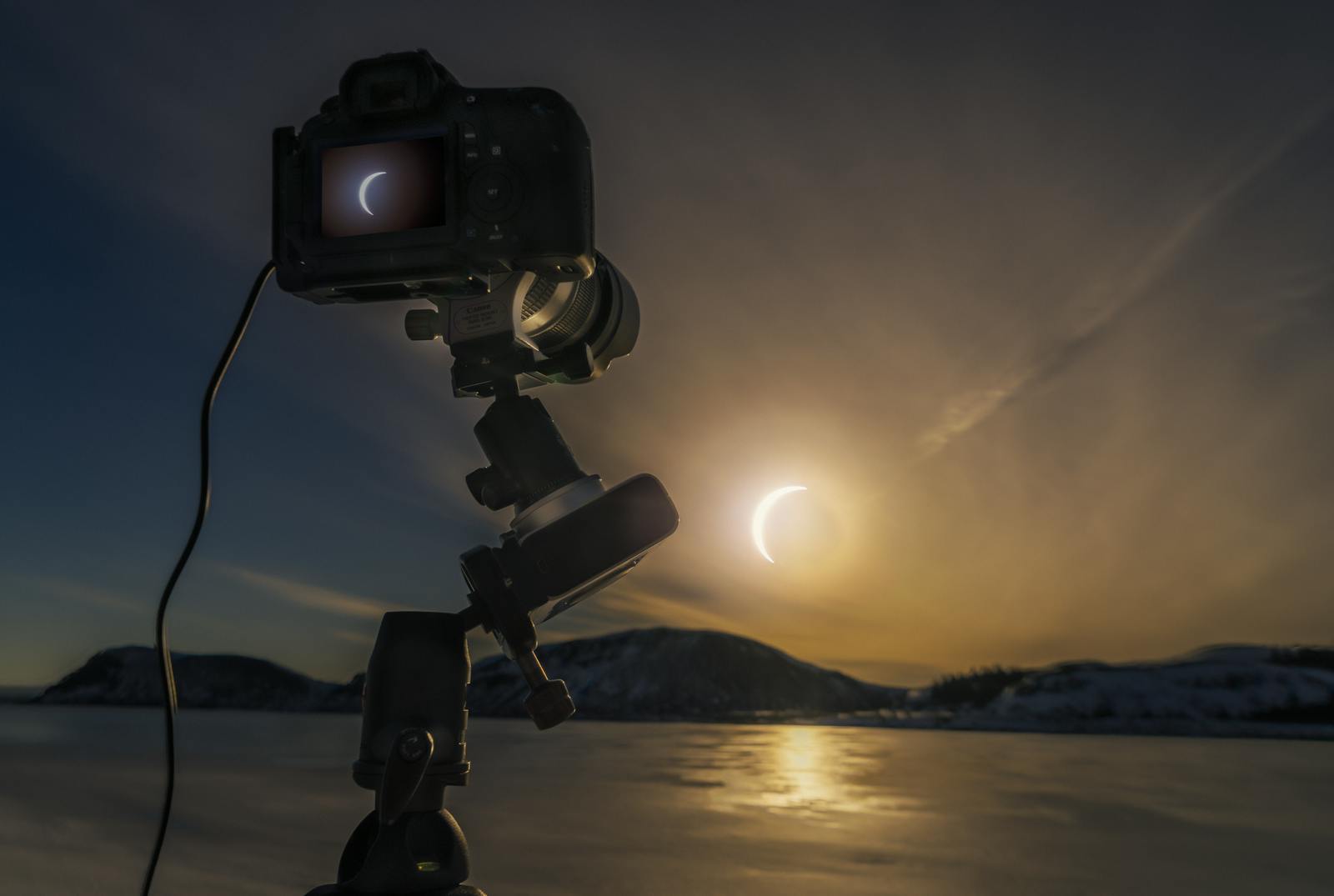
What Causes a Solar Eclipse?
A solar eclipse is a natural phenomenon when the moon temporarily blocks the sun’s light, casting a shadow on Earth. The science behind a solar eclipse is just as fascinating as the event itself. In this article, we’ll dive into how a solar eclipse occurs, why it’s such a rare phenomenon, and what makes Iceland one of the best places to witness this incredible event.
What Is a Solar Eclipse?
A solar eclipse occurs when the moon passes between the Earth and the sun, aligning perfectly to block all or part of the sun’s light. For a short period, the day becomes dimmer, the temperature may drop, and a dramatic shadow moves across the surface of the Earth. Depending on how the sun, Earth and moon align, different types of solar eclipses can occur: total, partial, annular, and hybrid. The type of eclipse you experience depends on your location on Earth and how close the moon is to the sun at the time.
When the moon completely covers the sun, the total solar eclipse is the most striking and rarest type of solar eclipse. During this event, the sun’s outer atmosphere, or corona, becomes visible, creating a breathtaking spectacle in the sky.
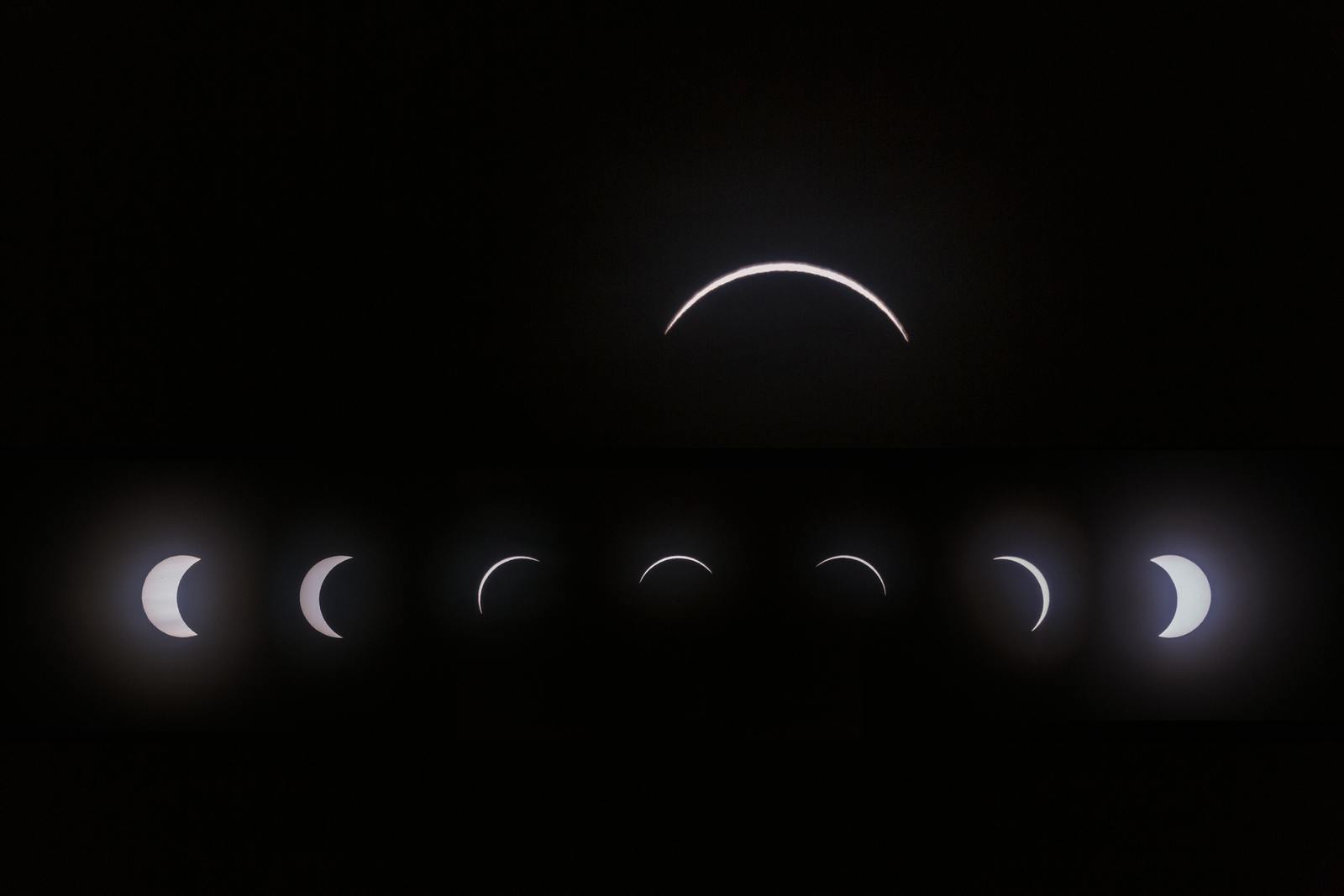
How Does a Solar Eclipse Happen?
A solar eclipse occurs due to the particular alignment of the Earth, moon, and sun. To understand this alignment, it’s essential to know a few key facts about the orbits of the moon and Earth.
The moon orbits the Earth approximately once every 29.5 days, a cycle known as a lunar month. If you’re curious about how scientists forecast these celestial events, read more about how solar eclipses are predicted.
The Earth orbits the sun once a year.
For a solar eclipse to occur, the moon must be in its new moon phase, which means it is located directly between the Earth and the sun.
However, solar eclipses do not occur every month. That’s because the moon’s orbit is slightly tilted—about 5 degrees—relative to the Earth’s orbit around the sun. The moon usually passes slightly above or below the sun when it’s in the new moon phase. But when the orbits align just right, the moon passes directly before the sun, and a solar eclipse occurs.
Why Is a Solar Eclipse So Rare?
Although the moon orbits the Earth every month, solar eclipses are rare because the necessary conditions for alignment don’t happen often. The moon’s orbit is inclined relative to Earth’s orbit around the sun, so the moon’s shadow usually misses Earth.
For a solar eclipse to occur, the moon must cross the ecliptic plane, which is the plane of Earth’s orbit around the sun. This only happens during specific times of the year, known as eclipse seasons. There are usually two eclipse seasons per year, and during each season, the potential for both a solar and a lunar eclipse exists.
Even when a solar eclipse does occur, it may only be visible from specific locations on Earth. The shadow cast by the moon during a total eclipse can be relatively narrow, often only a couple hundred kilometres wide, so only a tiny area of the Earth will experience totality. Outside this narrow path, observers will see a partial eclipse.
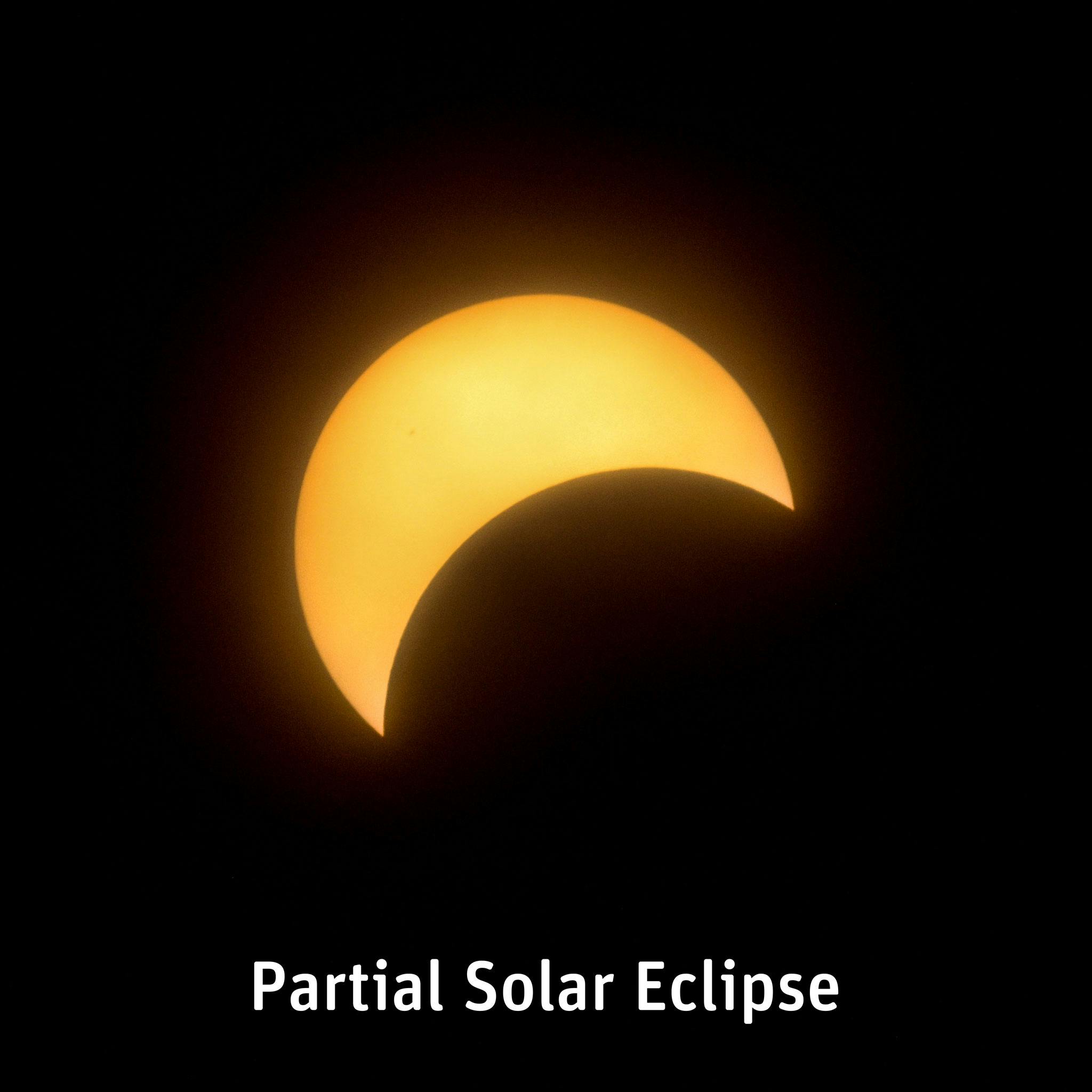
In Iceland, the upcoming total solar eclipse on August 12, 2026, will be visible across the westernmost part of the island, offering one of the best opportunities in recent years to witness this phenomenon. Perlan in Reykjavík, with its panoramic observation deck, is one of the best locations to view this event, offering an unrivalled vantage point.
For a detailed comparison between solar and lunar eclipses, explore our guide on solar vs lunar eclipse.
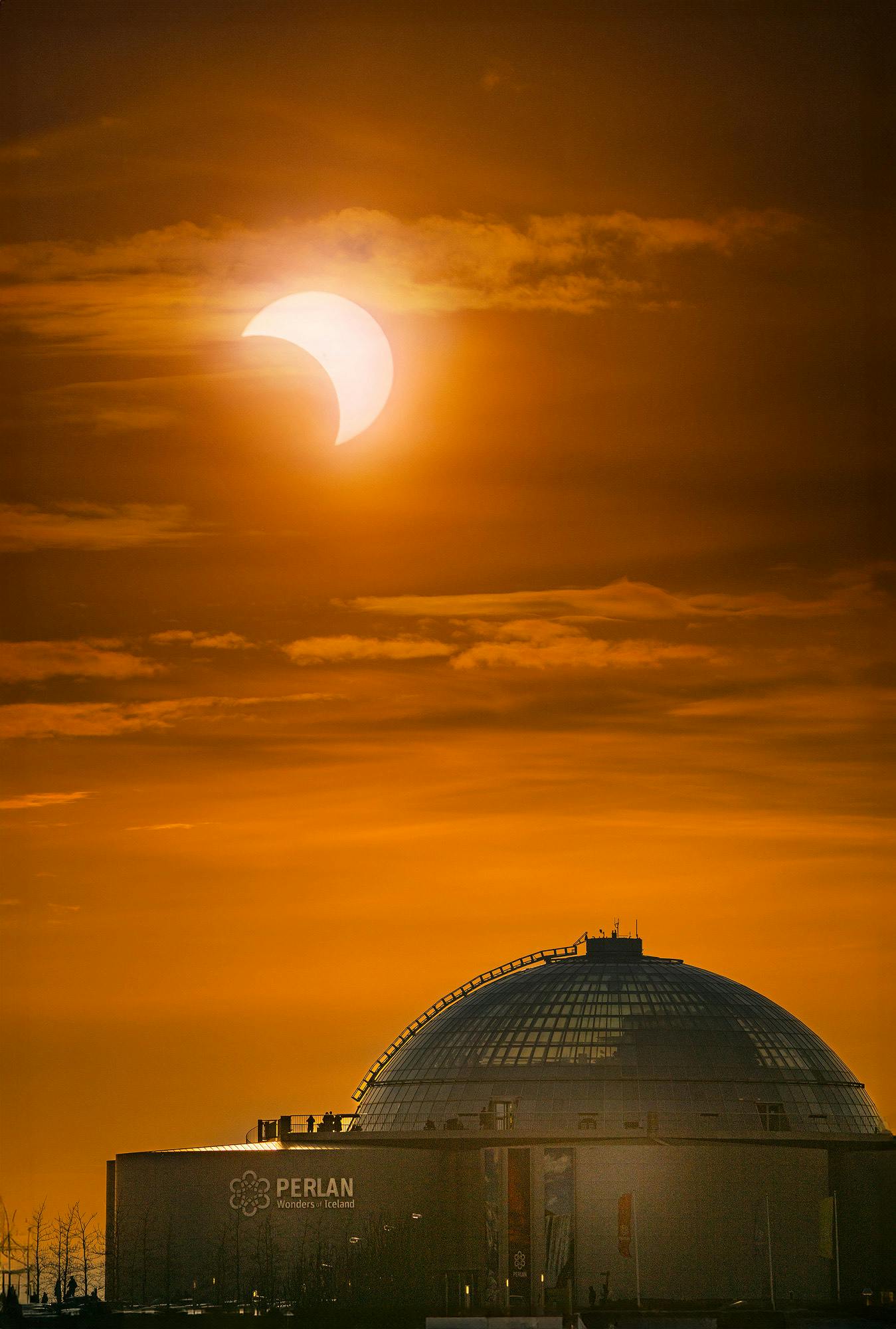
Different Types of Solar Eclipses
There are several types of solar eclipses, each caused by slightly different alignments of the sun, moon, and Earth:
Total Solar Eclipse
In a total solar eclipse, the moon completely covers the sun, blocking its light and creating a brief period of twilight during the day. This type of eclipse is rare and can only be seen within the narrow path of totality, where the moon’s umbra touches Earth. Outside this path, observers will only see a partial eclipse.
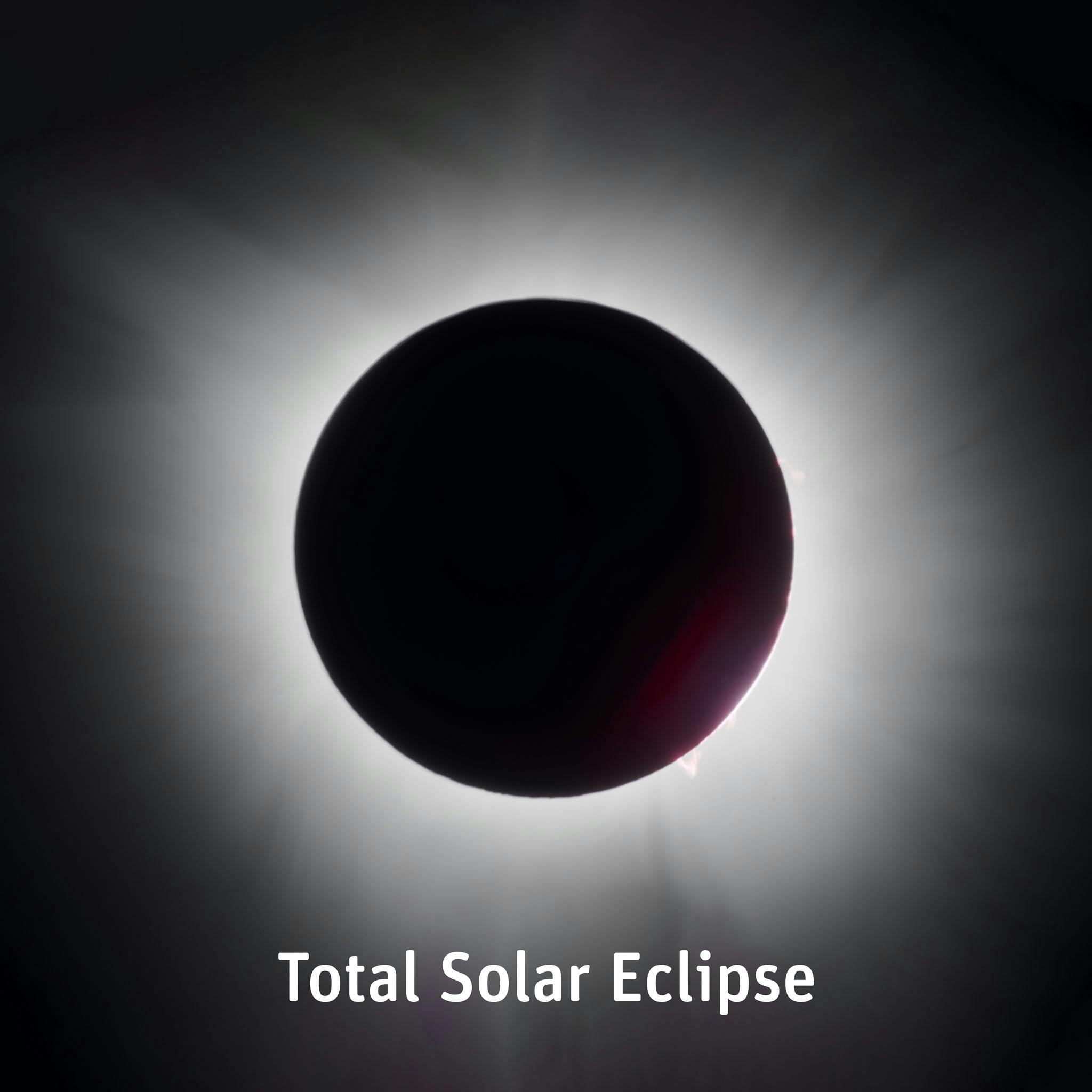
Partial Solar Eclipse
In a partial solar eclipse, only part of the sun is obscured by the moon. This type of eclipse is more common and can be seen from a broader area. However, it lacks the dramatic effects of a total solar eclipse, such as the appearance of the sun’s corona.
Annular Solar Eclipse
An annular eclipse occurs when the moon is farther from Earth in its elliptical orbit, appearing smaller in the sky. As a result, the moon doesn’t completely cover the sun, and a ring of sunlight—often called the ring of fire—remains visible around the moon.
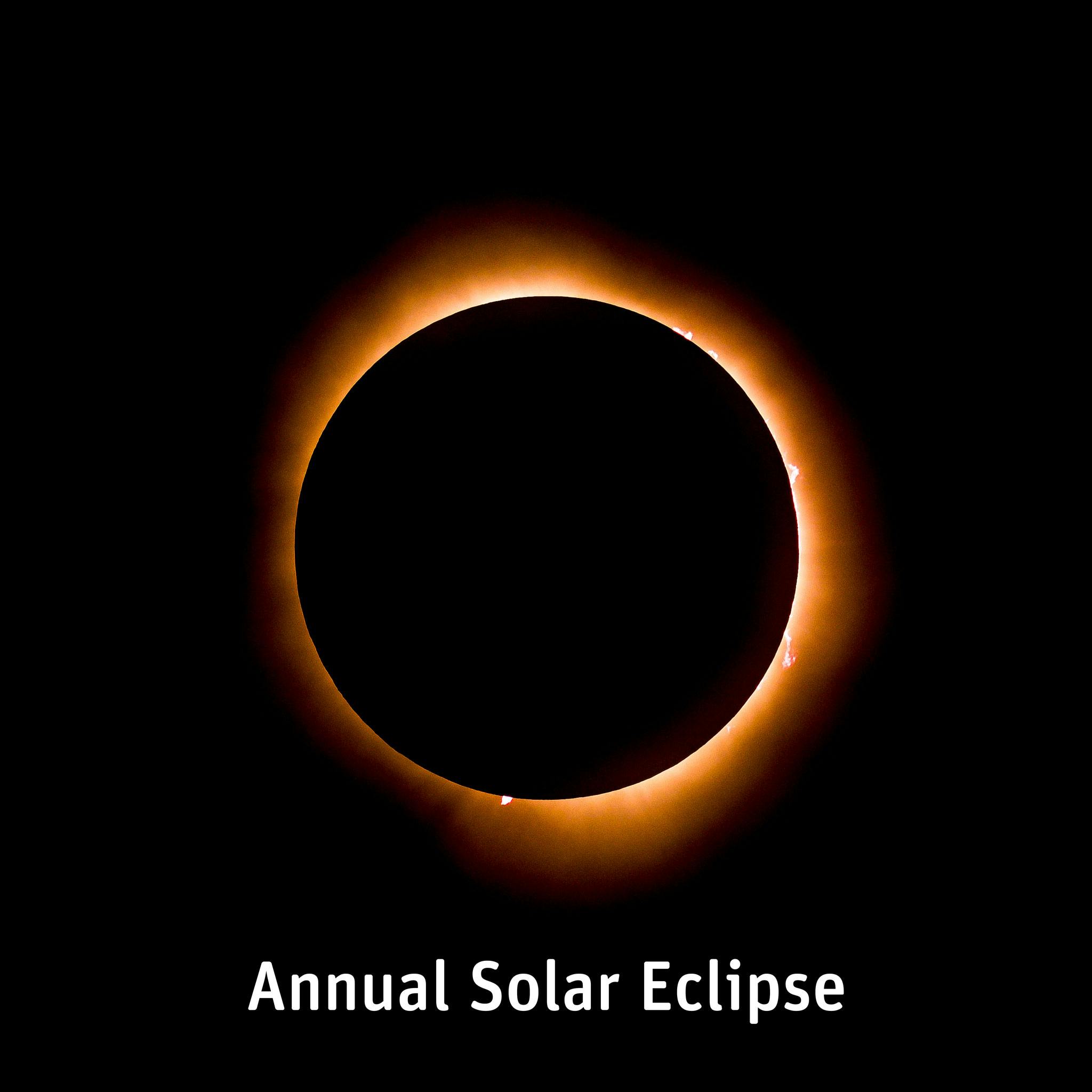
Hybrid Solar Eclipse
A hybrid eclipse is a rare combination of a total and an annular eclipse. In some parts of the eclipse’s path, the event will appear as a total eclipse, while in others, it will be seen as an annular eclipse.
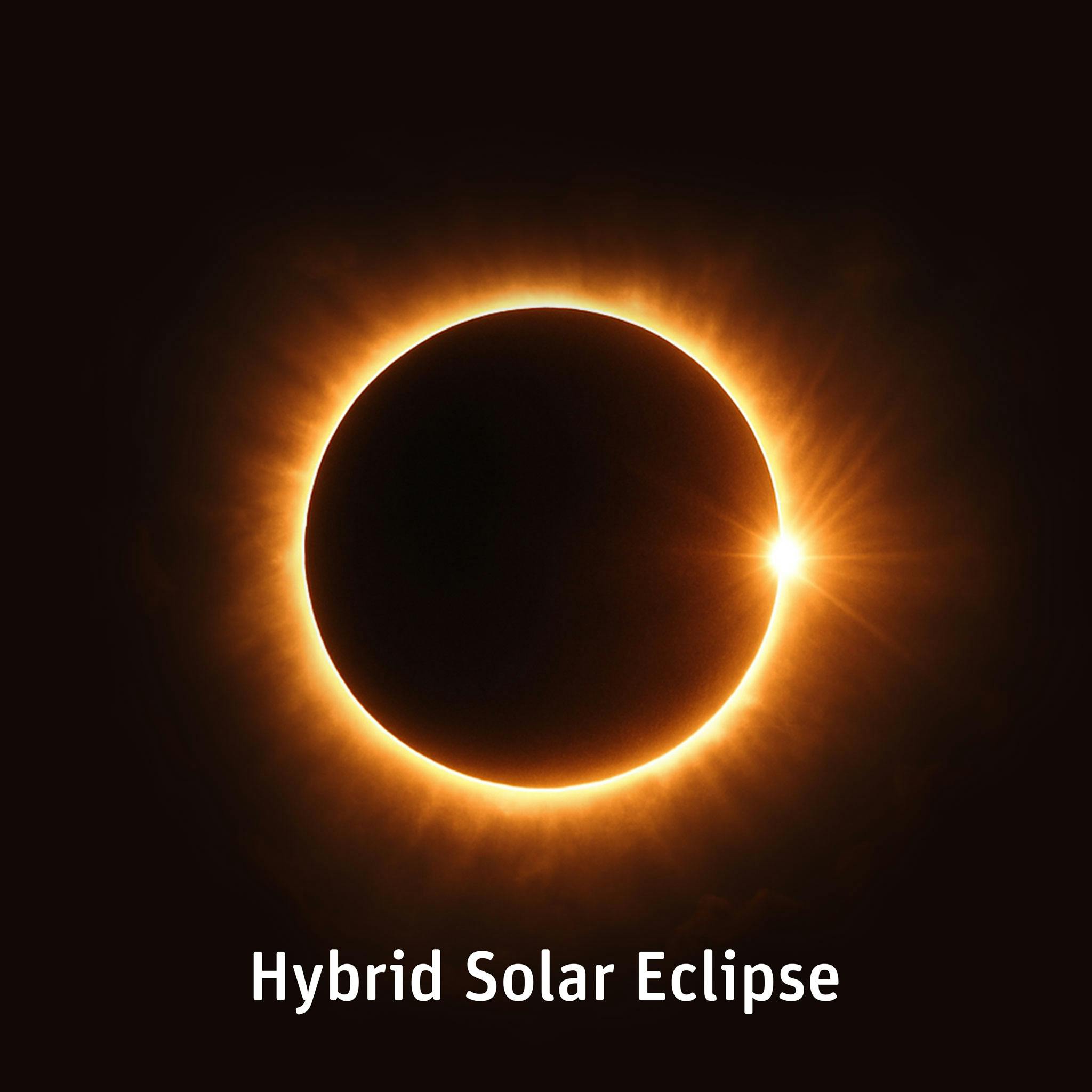
The Unique Viewing Experience in Iceland
Iceland’s natural landscapes provide the perfect backdrop for experiencing a solar eclipse. The country’s has wide open spaces and scenic views make it an ideal location for stargazing and sky-watching. The upcoming total solar eclipse in 2026 will offer a stunning spectacle for visitors and locals alike. For those planning to capture the eclipse, check out our tips for solar eclipse photography to make the most of your experience.
One of the best places to witness this event is from Perlan, located on Öskjuhlíð Hill in Reykjavík. This popular tourist destination features an observation deck with 360-degree views of the city and surrounding landscapes, making it a perfect spot to watch the solar eclipse unfold. Additionally, Perlan offers educational exhibitions about Iceland’s geology, glaciers, and natural phenomena, providing visitors with a deeper understanding of the country’s unique environment.
Solar eclipses are among the most fascinating and awe-inspiring natural events we can witness. The perfect alignment of the Earth, moon, and sun creates a celestial dance that has captured the imagination of skywatchers for millennia. For those travelling to Iceland, the total solar eclipse on August 12, 2026, will offer a rare and unforgettable opportunity to witness this extraordinary event in one of the world’s most beautiful settings.

FAQs
How is a solar eclipse caused?
A solar eclipse occurs when the moon passes between the Earth and the sun, casting a shadow on Earth and wholly or partially blocking the sun’s light.
Why is a solar eclipse so rare?
Solar eclipses are rare because the moon’s orbit is slightly tilted relative to Earth’s orbit around the sun. This means the moon, Earth, and sun don’t align perfectly every month.
What is the cause of a lunar eclipse?
A lunar eclipse happens when the Earth passes between the sun and the moon, casting a shadow on the moon. Unlike a solar eclipse, lunar eclipses occur at night and are visible from a wider area.







